EPUB vs PDF: The Battle of the Formats
With the rise of ebook readers, EPUBs have become the stars of the show, endlessly flaunting their flexibility for reading on multiple devices. But are EPUBs and PDFs really that different from each other?

Both PDFs and EPUBs can be read via ebook readers and on computer devices – but because they come from relatively distinct backgrounds, the ways in which readers can view them are slightly different. Below are five pointers to when EPUB manuscripts trump their PDF counterparts, and why you should really consider publishing your ebooks as EPUBs.
The origins of EPUB and PDF
The first distinction to be made refers to the purpose for which PDFs and EPUBs were respectively developed in the first place. PDFs remain strongly linked to the hardcopy versions they were digitized from – and they are intended as exact replicas of those documents. It’s the same as having a printed document in your hands, but you’re reading it via a screen.

EPUBs, on the other hand, were developed specifically with tablets and smartphones in mind. Creating a PDF of your manuscript won’t be the best idea when you’re actually looking to create a digital file that can easily be read on whatever device the reader chooses.
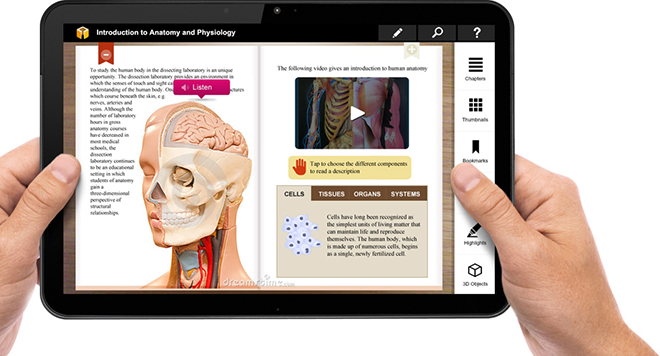
This has a lot to do with the differences in layout format in both PDF and EPUB technologies (and we’ll get to exactly why the format is so important here in the next point). As things stand, your best option for making ebooks really readable and reader-friendly is to create an EPUB instead.
EPUB vs. PDF: Reading experience
PDFs are essentially a form of a printable document – think of a business document which has essentially been digitized (in which case it has become a PDF).
They are meant to look exactly the same as the printed document you can hold in your hand rather than view on a screen. Readers will see exactly the same spacing, fonts, margins and image placement. However, if they are reading the text on a mobile device, readers may well end up having to scroll horizontally depending on the size of the screen.
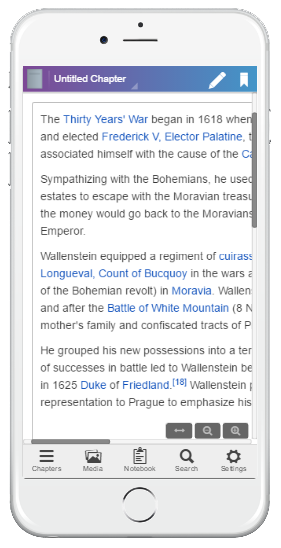
The need to zoom in and out and scroll horizontally to be able to read the full text is one of the major downsides to the PDF format. This is not a format that most ebook readers would really appreciate, especially when they’re sitting on the beach trying to enjoy a new book on a smaller device.
The comparable version to this in EPUB terms is the fixed format ebook (which looks like a PDF). The fixed format layout ebook has several benefits when you’re trying to create image heavy ebooks that rely on a specific design and layout.
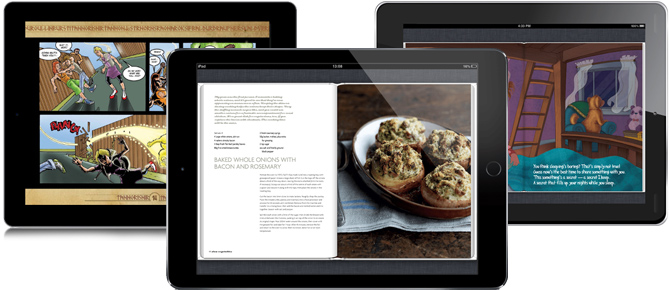
With this static design in place, you maintain complete control over the overall look of each page, whilst also preventing any changes in layout and text/image position. The text is not dependant on the screen size with text no longer reflowable.
It also means that, just as with PDFs, readers need to zoom in and out for a closer look at the detail, and scroll horizontally to be able to complete the sentences.
Reflowable EPUBs, on the other hand, are more text orientated, fitting the text around the screen you’re reading from. In turn, images are also resized in proportion to the size of the screen and their relation to the screen. It also means that the text will in turn flow around the images as well. This is the format that most ebooks actually rely upon, and it gives you a lot more flexibility as to how the page looks when it’s actually being read.
This is a particularly important point to keep in mind, as you’re providing the reader with a document without really knowing what kind of device they will be viewing it on. It’s simply a matter of readability and how easily you want your readers to be able to actually read the text.
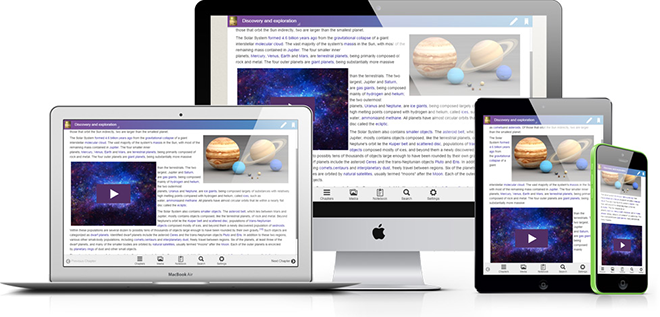
With this format, if a reader chooses to switch from a tablet to their smartphone to access the Kindle app, they will still have the same reading experience as they would if they were on a bigger screen.
The fact that the screen size has got smaller doesn’t really make a difference – and the reader will still be able to view the book horizontally and vertically without too much of a shift.
Read: Best Ebook Layout Format: Reflowable or Fixed?
Compatibility with ebook reader devices
PDFs can to some extent be read via devices sold by the major ebook retailers. As mentioned already, though, PDFs generally can’t be read on a small screen without a lot of scrolling and zooming.
This is where the EPUB format comes in, and most major ebook retailers and distributors will now only sell books that are in this format. And if you’re expecting your readers to own a natty device such as a Kindle or a Nook (or to be reading it via the apps), you’ll definitely need to consider publishing your ebooks in EPUB format.

EPUBs have been designed with devices such as these in mind, making them much more compatible (and easier to read). You also gain flexibility around the type of EPUB you can choose – in that it’s straightforward enough to convert fixed-format EPUBs into reflowable versions.
If you were to do the same sort of conversion from a PDF, you’d have to go back to the original file and convert again from that. Bear in mind that PDFs do not convert well to an internet friendly format. They can be converted into EPUBs, but the end result might not look great as they will not have been designed for that final look.
Interactivity in EPUB
More importantly, one of the major bonus features over PDFs that EPUBs can boast is their ability to be interactive. This basically means that you can add embedded features or links such as video, sound effects, and audio narration features, moving images and other interactive elements.
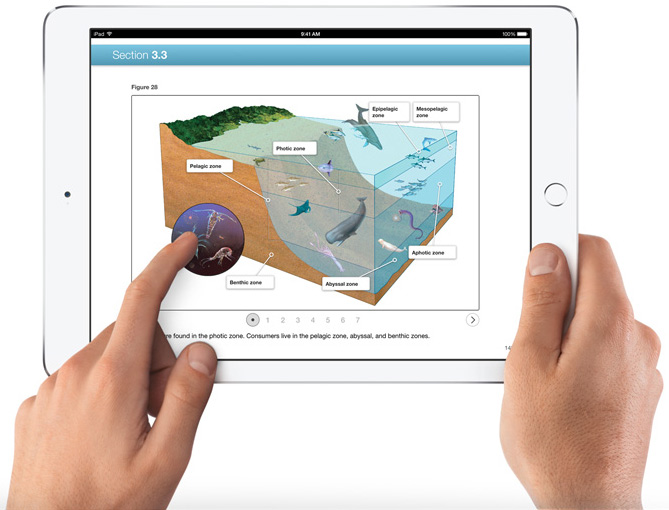
It gives you much more flexibility when it comes to design, layout and what kind of media you can embed inside. Readers also have a much more engaging experience with the EPUB format, simply because it’s designed to be more reader-friendly. As for PDFs, although it’s technically possible to add some interactivity to them, it’s not generally recommended due to file size and compatibility concerns.
Read: 5 Hacks for Creating a More Engaging Ebook
Reaching a broader audience
If you’re aiming to make your ebooks as accessible as possible to the widest audience possible, then you’ll need to consider visually impaired readers. By simply adding an audio narration widget to your EPUB, visually impaired readers gain more immediate access to the text on the page.
PDFs, on the other hand, do not offer the same level of accessibility, making them less user-friendly. EPUBs, particularly reflowable format ebooks, also offer readers more capabilities to alter the size and style of the font, which is another useful feature for the visually impaired.
It means that the text can simply be increased to the size the reader needs, with the text and images adjusting to the screen.

Once you’ve got your manuscript finished and edited, the next step is deciding on the format to convert it to for publication. With the above points taken on board, you’ll find that the EPUB format is not only much easier for readers to use, due to the possibilities in reflowability. It can also create a much more enjoyable reading experience for readers, due to the greater interactivity possible. Due to its audio narration capabilities, EPUBs are much more accessible to a wider audience.
Final consideration
EPUB is an open source standard, recently acquired by the W3C (which is a promising step, in our opinion, and will lead to further development and widespread use of the EPUB format). This basically means that items such as source code, blueprints, and documentation are freely available to the public. This makes it easier to edit and manipulate EPUB files and transform them to different formats.
On the other hand, PDF is a proprietary format, originally created by Adobe Systems, and is now owned by ISO. This presents several limitations to editing and converting PDF documents to other formats. Bear this in mind when you’re planning for the future of your ebook. Is it a one-time publication or would it ever need to be edited, updated or adapted to other platforms?
Tell us what your preferred export format is, and why. We’d love to hear your thoughts!
You might also like:
How to Create an Interactive Ebook: A Step-by-Step Guide
Best Ways to Engage Readers Inside Your Ebook












manxman1
May 11, 2019Err… PDFs have had ability to include multimedia for many years such as video and flash animations.
EPUB can’t even have headers and footers (according to programs I use).
Kotobee
May 12, 2019Thank you for your comment and insight. It’s true that media can be added to PDFs; however, it’s generally not recommended due to the large file size and compatibility issues.
Thanks to your comment, as a result, we’ll be clarifying the capabilities/limitations of interactivety in PDFs.
As for headers and footers in EPUBs, it is possible in fixed layouts, and like you said it does depend on your authoring tool. Kotobee Author users add headers and footers with a CSS code snippet. If you’re interested, our support team will gladly guide you through the steps.
Kotobee
May 12, 2019Thank you for your comment and insight. It’s true that media can be added to PDFs; however, it’s generally not recommended due to the large file size and compatibility issues.
As for headers and footers in EPUBS, it is possible in fixed layouts, and like you said it does depend on your authoring tool. Kotobee Author users add headers and footers with a CSS code snippet. If you’re interested, our support team will gladly guide you through the steps.
Again, thank you for your comment. As a result, we’ll be clarifying the capabilities and limitations of interactivety in PDFs.
flowney
June 20, 2019Agreed that EPUB is the more flexible format but there is a disconnect between some EPUB documents and some EPUB readers. The more authors diverge from EPUB 2 (toward EPUB 3), the more failures and some of those failures are not even silent as per W3C principles. BISG (Book Industry Study Group) used to try to keep up with this but I am unable to find the matrix that BISG used to maintain.